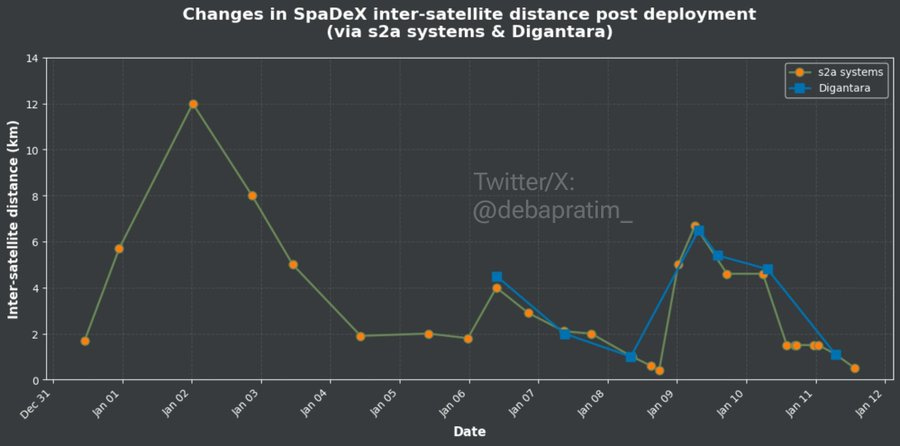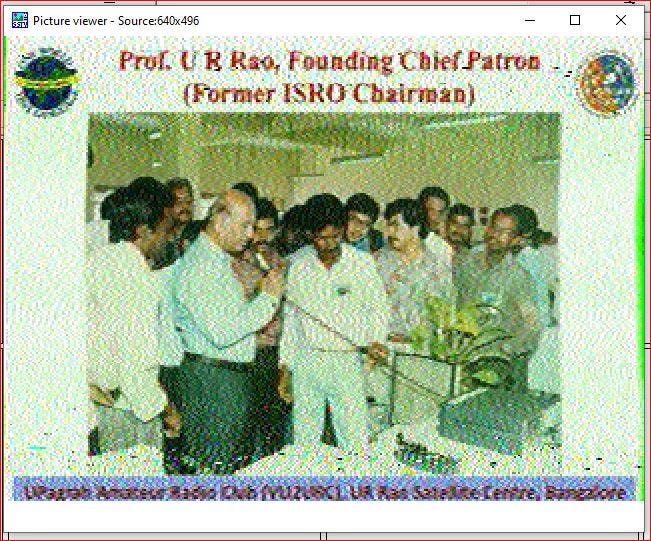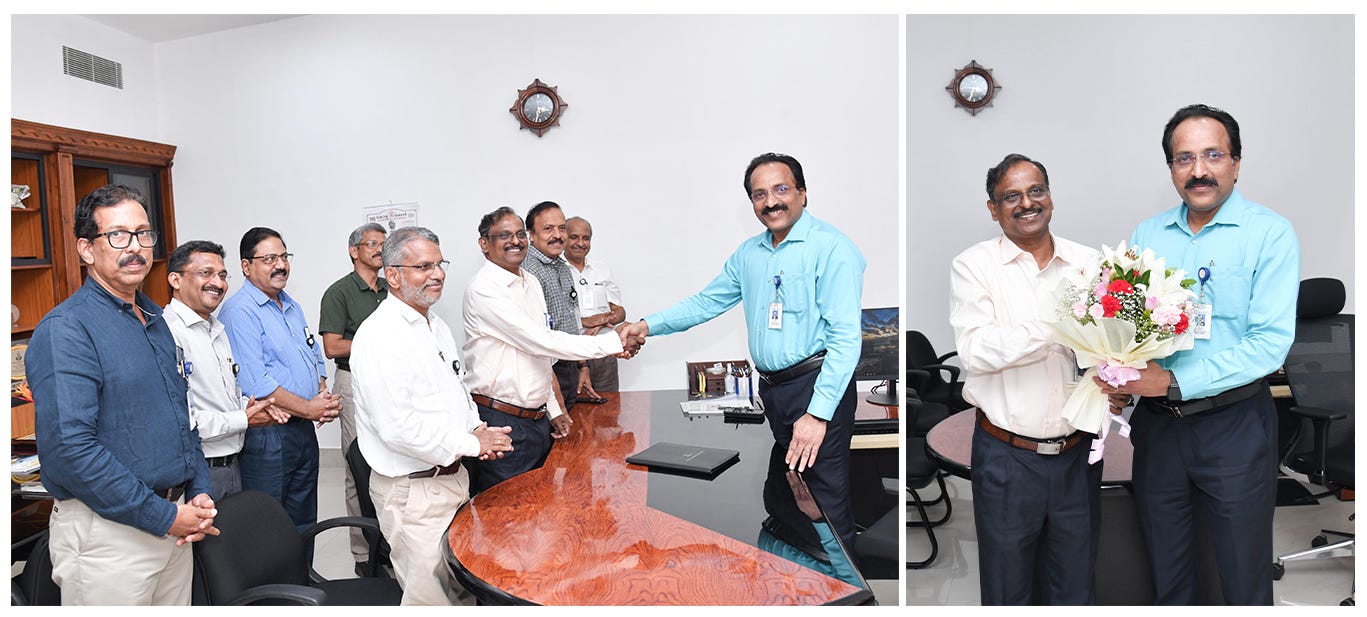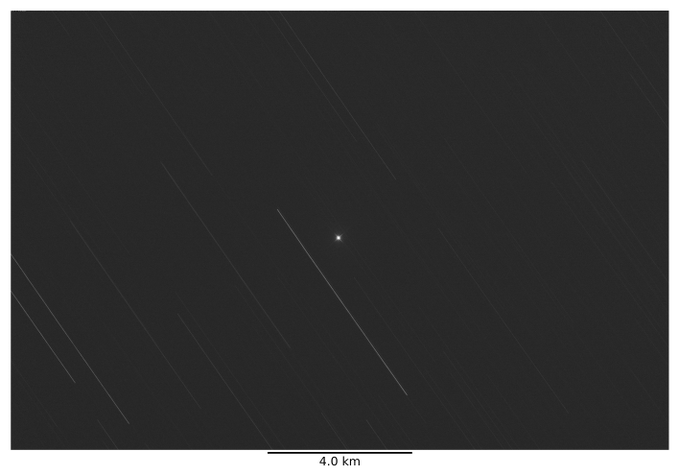Pradeep's Space Newsletter #65
This newsletter usually goes out on a Thursday morning. I delayed this by a day to wait for updates from SpaDeX. I am happy I did it.
SPADEX updates
ISRO successfully completed the docking operation and operated the satellite as one unit. They have announced that they will do a power transfer check and transfer power over the next few days.
The preceding days have been nerve wrecking. ISRO went fully radio silent with updates about SPADEX after initial announcements of webcasts of the rendezvous and docking. There was a lot of speculation in the media and more on social media.
They came close one night to a distance of about 3 m and shared some lovely pics on X. From 12 January 2025 - at 15 m, and then at a safe distance of 105 m - but at about 3 m they were moved away from each other.
We had to depend on the Swiss company s2a systems for the rest of the story as there was no official word. They were moved away as far as 10.9 km according to estimates by the Swiss company s2a systems on 13 January 2025 before reaching as close as 1.6 km on the same day. The Indian company Digantara caught the satellites at a distance of 4 km but no other public update other than a distance of 1.5 km on the next day, which does not give as clear a picture of the movements as above.

This seems to indicate that ISRO pushed these satellites to far rendezvous conditions (between 10 km and 20 km) and then brought them closer on 13 January 2025.
s2a systems then had only two readings on 14 January 2025 (this one and this one) which are close sightings and show the satellites on hold at 1.5 km. Digantara’s confirmation around the same time also shows the satellites at 1.5 km. No updates from Digantara after this.
The last post from s2a systems at the point I wrote this newsletter was at a distance of 900 m. There was speculation about a rendezvous yesterday which was why I pushed the newsletter today.
POEM-4
s2a Systems had a post on X showing the POEM-4.
I have been following VU2JEK for updates regarding the BGS-ARPIT - the Amateur Radio payload on board the POEM-4. The last update on this seems to be that it would be available till 9 am UTC on 15 January 2025.

N Space Tech has established communication with its payload, SwetchaSAT-V0. The hardware for this payload was designed and manufactured in-house [More details].
Amity University’s payload called Amity Plant Experimental Module in Space (APEMS) also showed positive results. They first confirmed that all the on-board environmental systems like lighting systems, CO2 systems, etc. were working. They then compared the growth of the plant in space with the plant on Earth in the Amity University campus [More details].
Manastu Space’s Vyom 2U fired the thrusters once again on 13 January 2025. They last fired for 30 seconds on 31 December 2024. They were able to do “a somersault display” of the POEM-4 module by firing continuously for 125 seconds and imparting an angular velocity of 1.5°/sec. They celebrated “150+ seconds of cumulative firing in space” [LinkedIn post with more details].
ISRO Chairman change
Dr. V Narayanan becomes Secretary, Department of Space, Chairman, Space Commission, and Chairman, ISRO on 15 January 2025.

The ISRO release talks about his contribution towards developing the Indian cryogenic engine. This marked the transition from GSLV Mk I to GSLV Mk II. I have watched multiple launch vehicle failures of the Mk I in this period and it was heart breaking. This helped India learn cryogenic technology that helped to build the cryogenic engine for LVM3.
He was also working on the semi-cryogenic engine that would replace the L110 stage of the LVM3.
Quite fitting that one of the first launches in his tenure as Chairman is the launch of the GSLV-F15/NVS-02 mission!
Transporter 12 mission
Falcon 9 Transporter 12 launched with 131 payloads around midnight (12.45 am) on 15 January 2025. Five of these payloads were built in India.
Pixxel Space launched 3 of the 6 Fireflies. In a LinkedIn post, they announced:
All 3 satellites have successfully deployed solar panels, detumbled and stabilized, achieved sun-pointing, and established seamless two-way communications. They’re alive, working, and ready for the next phase.
But, more than the announcement, you must click on the LinkedIn post above to see the picture of their awesome Mission Control.
XDLINX Space Labs launched Elevation 1 nano-satellite. XDLINX Space Labs built the satellite for Almagest Space Corporation on the XDSATNS platform. It uses Antaris Inc’s Cloud Platform and SatOS. It was assembled, integrated and tested by Ananth Technologies. In their LinkedIn post, they say:
Now in Low Earth Orbit (LEO), ELEVATION-1 marks a groundbreaking achievement in satellite communications with the world’s first miniaturized E-band SATCOM payload. The satellite successfully transmitted its first message, “Hello from space”, signalling the start of its mission.
Elevation 1 is a miniaturized E band satellite communications payload. It enables ultra-high throughput and secure space communications.
Digantara launched Space Camera for Object Tracking (SCOT). In their LinkedIn post, they say:
Mission SCOT has successfully established contact with our ground station! Solar panel arrays are deployed, power levels are positive, and stabilisation is on point. Our focus now shifts to commissioning the satellite, preparing it for its core mission: precise object tracking and imaging in LEO.
Again, great Mission Control video on the LinkedIn post.
Third Launch Pad
The Indian Union Cabinet has approved the Third Launch Pad at the Satish Dhawan Space Center (SDSC), Sriharikota. TLP will support the next generation launch vehicle, backup for Second Launch Pad, and support Indian human spaceflight missions too.
TLP is expected to be ready in 4 years (2029). It is expected to cost Rs. 3984.86 crores to build the launch pad and associated facilities. TLP is expected to support missions of the future for the next 20 to 30 years.
More Links
Space Careers Substack - Sumana Mukherjee - this is a new Substack with the idea being to “guide aspiring professionals into the space sector through digital resources”. If you are an aspiring professional who wants to work in the space sector or a professional working in the space sector, you may want to subscribe to this newsletter.
The news exists to inform, not to educate - Vasudevan Mukunth


